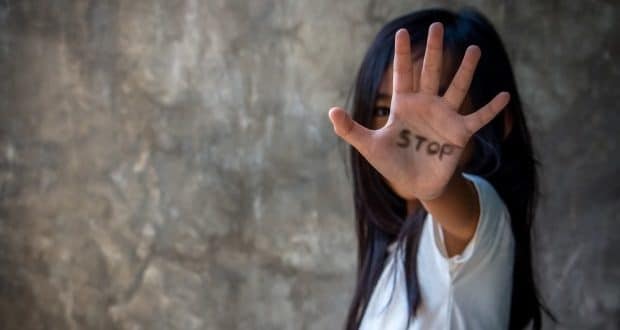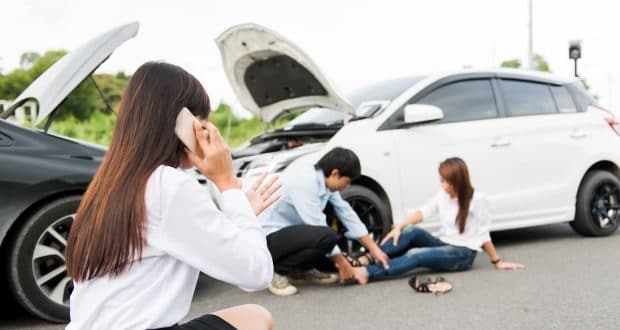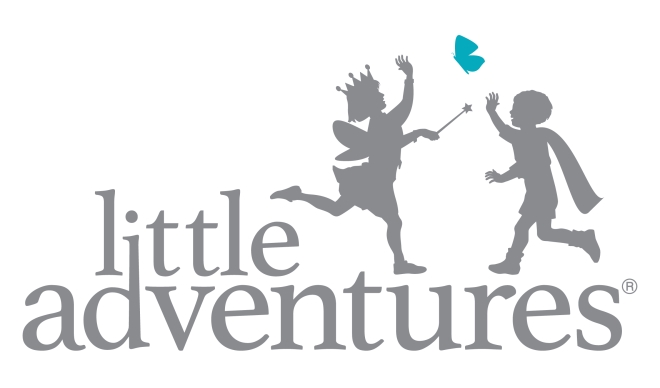More Facts About Child Trafficking
This is the second and final post on child trafficking. You can read the first child trafficking post by clicking here.
Spotting the Signs of Child Trafficking
No two trafficked children look the same. So, it’s possible to come across a victim of trafficking without noticing.
However, there are some telltale signs to help you spot a trafficked child and report your concerns or suspicions to the necessary authorities.
Physical Signs
- Bruises, marks or signs of physical trauma
- Children wearing torn, oversized or inappropriate clothes
- Appearing malnourished or destitute
- Unexplained income or source of income
- Frequent and unexplained absences from school and other learning facilities
Emotional Signs
- Avoiding eye contact or social interaction
- Fearful disposition with others and especially with people in positions of authority
- Withdrawn nature or unexplained sadness
Effects of Child Trafficking
Victims of child trafficking face significant physical and psychological problems. Consequently, some of the long term effects include:
1. Sexually transmitted diseases, including HIV/AIDS, pelvic, rectal and urinary infections from working in the sex industry.
2. The presence of mental illness, like PTSD, depression, and anxiety.
3. Drug Addiction
4. Guilt and Shame
5. Victims may also experience traumatic bonding (Stockholm syndrome) with the trafficker.
6. Possible prevention of children from reaching their full potential.
7. Stealing of a child’s fundamental human rights such as freedom of choice.
Measures to End Child Trafficking
Today, several global initiatives are working to end child trafficking. Above all, the UN Global initiative to fight human trafficking works with organizations like UNICEF and ILO to put a stop to this scourge.
Their goal is to address some of the factors responsible for child trafficking. Furthermore, these initiatives create a safe environment for refugees and immigrants, mainly young and vulnerable children.
Children in school will have access to information and supervision in times of crisis. They also ensure offenders face the law.
Myths about Child Trafficking
Child trafficking is much more complex and horrifying than documented. However, every situation is different, and due to this, there is a lot of misinformation surrounding child trafficking.
Also, child trafficking is also rarely reported since many of the trafficked children are undocumented.
Some of the Known Myths of Child Trafficking
1. It involves violence. On the contrary, many traffickers use psychological means like coercion and manipulation.
2. Child trafficking must involve sex. On the other hand, many children are trafficked as child laborers and soldiers.
3. Traffickers are usually strangers. Again, this myth couldn’t be farther from the truth. Many traffickers are also relatives of the victims or people they know.
4. Only undocumented foreigners get trafficked in the U.S. There are numerous reports of children legally living in the U.S, also working as child laborers and sex workers.
Protecting Your Child from Traffickers
1. Creating awareness of sex trafficking for your child and subsequently protecting them from traffickers.
2. Educate your children about sexual abuse and molestation.
3. Pay attention to your children and with whom they interact with.
How to End Child Trafficking
1. Creating awareness through media campaigns and educational workshops. In other words, access to information is crucial in fighting child trafficking.
2. Most importantly, the creation of the law enforcement system.
3. Countries must establish working legal systems to punish traffickers. With consequences, if caught, many offenders will hesitate before trafficking.
4. Most importantly protecting refugee children and keeping them away from child traffickers
What to do if you Suspect Child trafficking
The National Center for Missing and Exploited Children is available 24/7 on 1-800-843-5678. Their job is to take reports of suspicious cases. Similarly, you can call The National Human Trafficking Hotline toll free at 1-888-373-7888 and The National Runaway Switchboard 1-800-RUNAWAY.
Reports can also be made on their website at humantraffickinghotline.org. Likewise, to report child trafficking in other parts of the world, contact the local child protection services in the country of residence of the trafficked child.
Bruises and broken bones are just one of the indicators of child abuse. While physical abuse is the most obvious form of abuse, it is not the only form of abuse that can leave deep lasting scars.
Emotional abuse and neglect are also common types of child abuse, and they can be inflicted on innocent children from the moment they are born. Click to read more about dealing with child abuse.







Hello
I need this site
So what you charge me each post price ‘on this site ”
Normal post price,
Existing link Price,
Casino post Price,
I am waiting for your positive reply
Thanks
Hi I’ll respond in a separate email.
Gerardo